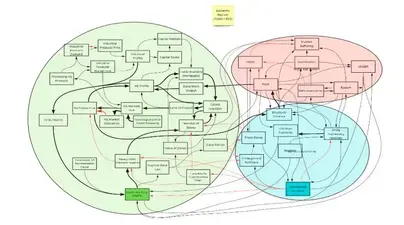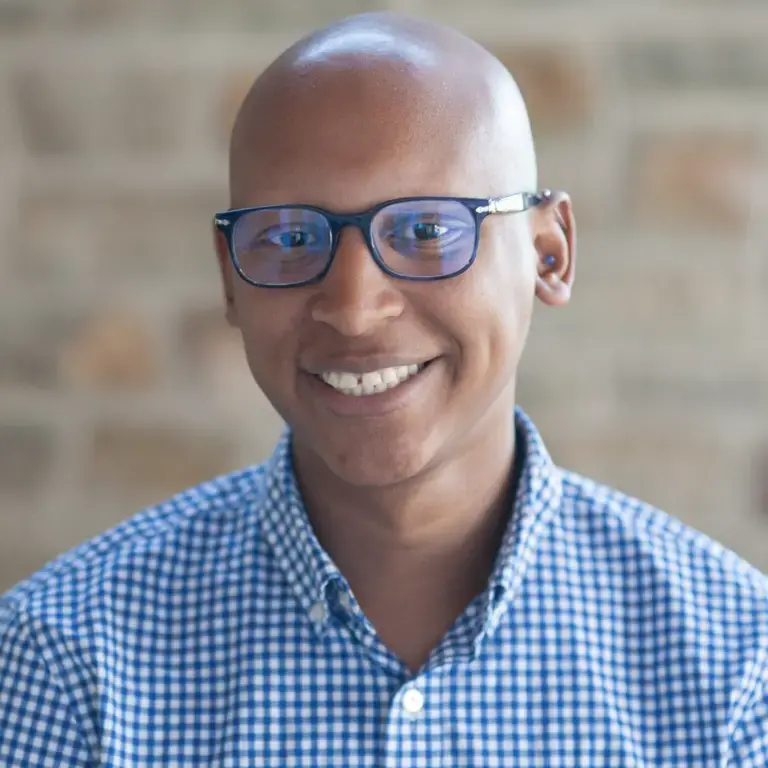It is rare to be able to see the temporal aspects of systems displayed in a visual format. All too often I find myself reading about historical events, past and present, and wanting to see the webs that create(d) and sustain them. Through the mapping project that we have taken upon ourselves in the NECR program, we have set out to begin mapping systemic racism in the United States from 1600 until today. No small feat to say the least, however, a necessary endeavor nevertheless. Using Dynamical Systems Theory, or DST, we have started the process and we are in the early stages of seeing how a web of elements from the micro, meso, and macro levels all interplay, creating the systems that have traversed time.

Sample DST Map created by Camilo Azcarate from group discussions on Systemic Racism 1619-1855 (10/23/20)
The experience of mapping is not to be ignored, as a process, is as important as the content on the page. Through the collaboration of peers, alums, and professors, I have gained insight into different aspects of how history can be perceived, processed, and packaged depending on who that information is coming from. It is this collaboration that makes this process and project so special. With a variety of students from all walks of life learning and thinking critically together we can better understand how things have come to be as they are now. In addition to the mapping project, I had the opportunity to sit on a panel describing and answering questions about our project. This experience not only aided us in gaining more understanding of what some of our gaps may be, but also allows us to translate the work for a broader audience.
I feel as though, much like myself, others need more opportunities to see how it all work visually. I strive to give people that “A-Ha!” moment that I have had many times throughout that process. If you would like to get connected with the project, please get in contact with Elizabeth Hearne or Kjerstin Pugh for more information.
